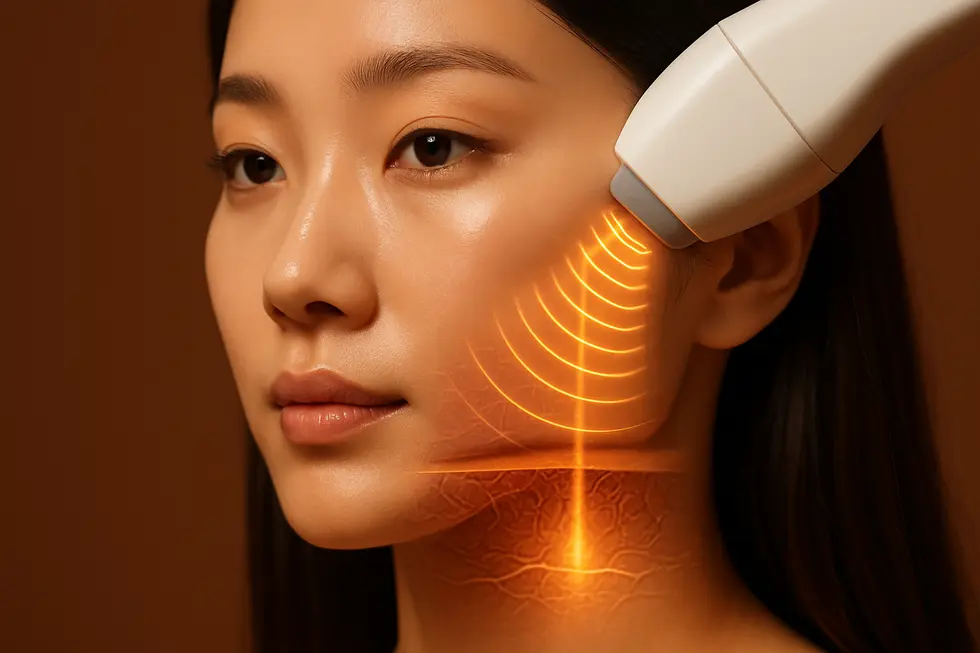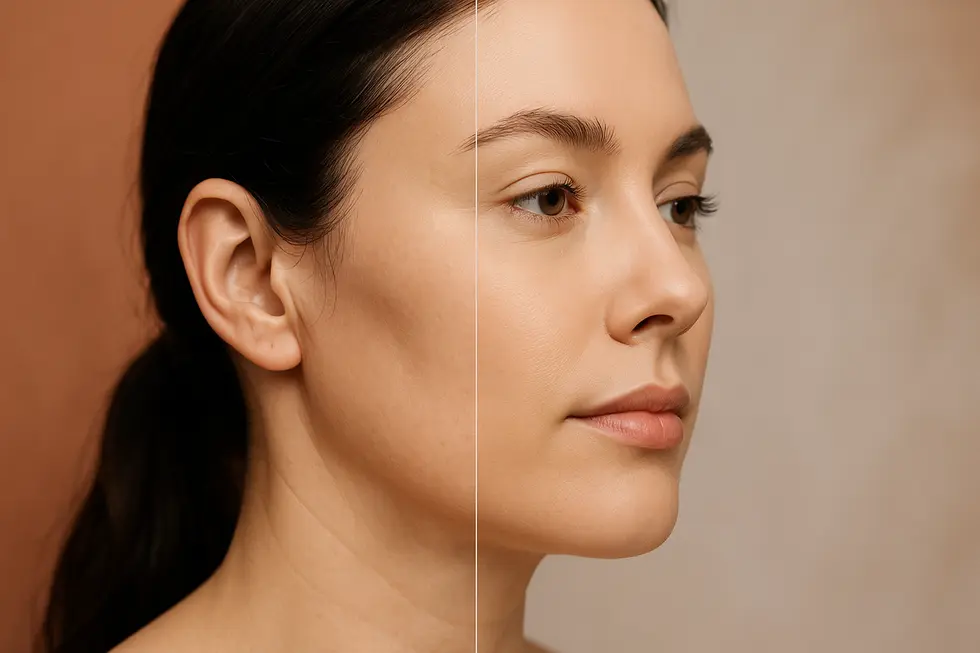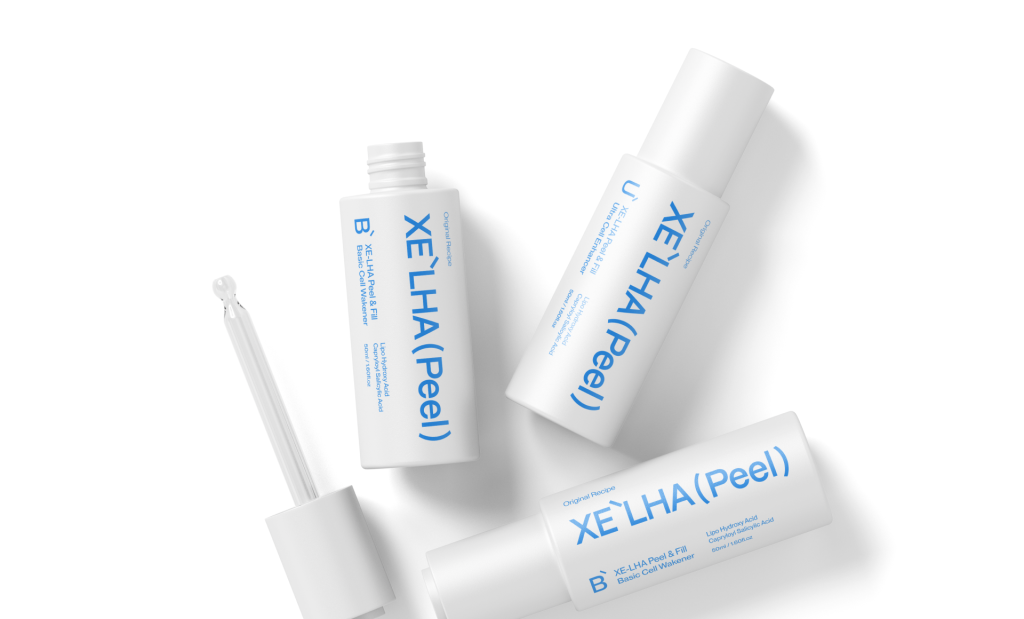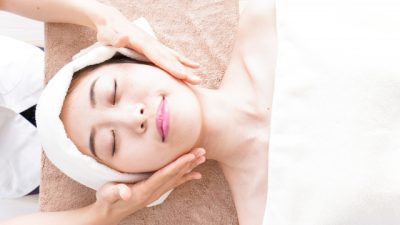
I remember when I first started noticing those subtle signs of aging – maybe a little less firmness around the jawline, or skin that didn’t bounce back quite as readily. It’s totally normal, but if you’re like me, you might start thinking about options beyond just creams and serums. Surgery feels like a big leap, right? That’s where treatments like Liftera come into play. 😊
Liftera is a non-invasive skin tightening and lifting treatment that’s been gaining a lot of attention. It uses something called High-Intensity Focused Ultrasound, or HIFU for short. Think of it like a super-targeted beam of energy that works its magic deep beneath the surface of your skin.
Contents
Understanding the Science Behind Liftera 🤔
So, how does this HIFU magic actually work? Well, Liftera delivers focused ultrasound energy to very precise depths within your skin. The key target area is often the SMAS layer – that’s the Superficial Musculoaponeurotic System. It might sound complicated, but this is the same layer that plastic surgeons work on during a surgical facelift!
When the ultrasound energy hits these precise points, it creates tiny thermal coagulation points. Don’t worry, this isn’t damaging in a bad way! It actually triggers your body’s natural wound-healing response. And what does that response do? It stimulates the production of brand new collagen and elastin.
Collagen and elastin are like the building blocks of firm, youthful skin. As we age, their production slows down, leading to sagging and wrinkles. Stimulating them is key to rejuvenation!
Some Liftera devices use even more advanced technology called TDT, or Thermal Diffusion Treatment. This is designed to make the energy delivery even more even and precise, which can mean a more comfortable treatment experience and potentially better results, especially on those trickier, curved areas of the face.
What Results Can You Expect? ✨
Alright, let’s talk about the exciting part: the results! Liftera isn’t an instant fix; it’s more of a gradual improvement process. As that new collagen and elastin start to build up, you’ll typically see a noticeable improvement in skin laxity.
Common areas treated include the jowls (the lower part of your cheeks and jaw), the cheeks themselves, the brow line (for a little lift), nasolabial folds (those lines from your nose to your mouth), a double chin, and the neck. Basically, anywhere you’re seeing mild to moderate sagging can potentially benefit.
Results usually start becoming visible around 2-3 months after treatment as the collagen regeneration gets underway. The really optimal outcomes are often seen around 6 months post-treatment. It’s pretty cool to think your skin is essentially rebuilding itself over time!
How long do the effects last? Generally, the results can last for a year or even more. This definitely varies from person to person – things like your age, how your skin was to begin with, your lifestyle, and even how many treatments you’ve had can play a role.
Expected outcomes include:
- Improved skin elasticity
- A reduction in sagging
- A more defined facial contour (hello, jawline!)
- A decrease in the appearance of fine lines and wrinkles
It’s not a facelift, but it’s a fantastic option for significant improvement without the recovery time of surgery. I think that’s why so many people are drawn to it!

Liftera Treatment Cost: What to Expect 💰
Let’s talk numbers, or rather, the factors that influence them! The price of Liftera treatment can vary quite a bit. It’s not a one-size-fits-all cost, to be honest.
Here are some things that typically affect the price:
- Geographic Location: Where the clinic is located makes a difference (think big city vs. smaller town).
- Practitioner Expertise: A highly experienced practitioner might charge more.
- Treatment Area Size & Number: Treating more areas or larger areas will cost more than just focusing on, say, the brow.
- Number of Ultrasound Shots/Lines: Clinics often price based on the number of “shots” or lines of ultrasound energy delivered during your session.
Prices are usually quoted per session. Some clinics might offer package deals if you decide to do multiple treatments (which your practitioner might recommend for optimal or longer-lasting results). Since I can’t check specific websites for pricing, the best advice I can give is to consult directly with local clinics to get an accurate quote tailored to your specific needs and treatment plan.
Possible Side Effects and Who is Liftera For? ⚠️👩⚕️
One of the big draws of Liftera is that it’s generally considered safe with minimal downtime. Most side effects are mild and temporary, which is great!
Common temporary side effects might include:
- Redness or slight flushing (usually gone in a few hours).
- Mild swelling or tenderness (can last a few days to a week).
- A tingling sensation or temporary numbness.
- Rarely, small bruises might pop up.
Before getting Liftera, it’s super important to discuss your full medical history with the practitioner. There are some situations where Liftera isn’t recommended.
Liftera is generally NOT recommended if you have:
– Open wounds or active skin infections in the treatment area.
– Cystic acne in the treatment area.
– Metallic implants (like pacemakers or defibrillators) near the treatment zone.
– If you are pregnant or breastfeeding.
A thorough consultation with a qualified medical professional is absolutely crucial to figure out if Liftera is right for you and to chat about any potential risks based on your personal health.
So, who is Liftera best suited for? It’s ideal for individuals who are noticing mild to moderate skin laxity and are looking for a non-surgical alternative for lifting and tightening. It’s often the choice for those who aren’t quite ready for or don’t want surgical procedures.
Typically, good candidates are aged 30 and above, seeing early signs of aging like sagging jowls or fine lines. A great point about Liftera is that it’s generally safe for all skin types and tones. This is because the ultrasound energy works deeper down, bypassing the very surface layer (epidermis), reducing the risk of pigmentation issues sometimes seen with lasers on darker skin.

Life After Liftera: Post-Procedure Care 🌱
One of the absolute best things about Liftera? The post-procedure care is super simple, and there’s typically no real downtime! Most people can get right back to their normal daily routine immediately after the session. Isn’t that amazing?
Here are a few key things to remember for post-treatment care:
- Sun Protection: This is probably the most important one. Avoid excessive sun exposure and be diligent about applying a broad-spectrum sunscreen (SPF 30 or higher) every single day. Protecting your skin helps maintain those lovely results!
- Stay Hydrated: Drink plenty of water and keep your skin moisturized with a good quality product. Hydrated skin just looks and feels better!
- Gentle Skincare: Your practitioner might suggest avoiding harsh skincare products like strong exfoliants or retinoids for a few days right after treatment. Listen to their advice!
- Follow Clinic Instructions: Always, always follow any specific post-care instructions your clinic gives you. They know your treatment plan best!
To keep enjoying the benefits of Liftera, your practitioner might recommend follow-up treatments. This is often suggested on an annual basis, but it really depends on your individual aging process and what kind of long-term results you’re aiming for. It’s like maintenance for your skin!
📝 Summary: Key Points About Liftera
Let’s quickly recap the main takeaways about this fantastic non-surgical option!
- Non-Invasive HIFU: Liftera uses focused ultrasound to target deep skin layers without surgery.
- Collagen Stimulation: It triggers your body’s natural healing response to produce new collagen and elastin, leading to gradual tightening and lifting.
- Gradual, Natural Results: See improvements over 2-6 months, with results potentially lasting a year or more.
- Minimal Downtime: Most people can resume activities immediately.
- Suitable for Mild-Moderate Laxity: Great for ages 30+ looking for non-surgical options on face, neck, and jowls. Safe for all skin tones.
- Consult a Professional: Always discuss your medical history and expectations with a qualified practitioner.
I really think Liftera is an exciting option for anyone wanting to refresh their look and address skin laxity without the commitment of surgery. It’s about working with your body to restore that youthful firmness naturally! 😊
Your Liftera Quick Guide
Frequently Asked Questions ❓
Thinking about Liftera? I hope this guide gave you a clear picture of what it is and what to expect! It’s definitely worth exploring if you’re looking for a non-invasive way to achieve firmer, lifted skin. If you have more questions or want to share your own experience, feel free to ask in the comments below! 😊





